Sidama and Yerga Shefi are different. Brewed, washed, Yerga Shefi, sun-baked Sidama Flower Chief Flavor Description
Qianjie Coffee believes that coffee has been integrated into the social structure and cultural economy of Ethiopia for hundreds of years. Coffee is the core of their culture and an important source of income for most people. The country is also recognized by the world as the birthplace of coffee, highly respected in the boutique coffee market, almost all coffee shops around the world have Ethiopian coffee on the menu, and Qianjie coffee is no exception. At the Qianjie Cafe, Ethiopian coffee has always been very popular, and many people come in and ask if there are beans from Yegashifi and beans from Sidamo. These two coffee producing areas seem to have become synonymous with Ethiopian coffee. This time in front of the street, let's talk about the difference between Yega Xuefei and Sidamo.
Ethiopian coffee varieties
Regular Ethiopian coffee drinkers should have heard of the original species of Heirloom. Most Ethiopian varieties are named after this name. In fact, it is because there are too many varieties in Ethiopia. It is like the natural gene bank in Arabica. On the one hand, there are many varieties, and it is difficult to identify and classify them. On the other hand, the Ethiopian government is reluctant to disclose the information of these varieties for the sake of protection, so it is collectively called the original species of Heirloom.
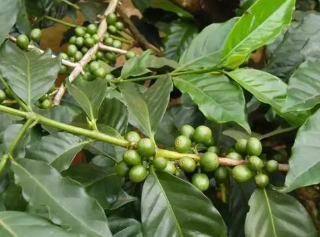
The word "native species" refers to the ancient varieties of plants that were originally planted to be eaten, while some people define a variety that takes more than 100 years to be called a native species, while others say 50 years. Then some people define varieties that existed before 1945 as native species, about the time when hybrids began to emerge, or in 1951, when hybrids became more widespread.
Yejia Xuefei producing area
Yejasuefi has always been one of the most important coffee producing areas in Ethiopia. It once belonged to the Sidamo coffee producing area, and later became an independent coffee producing area because of its unique flavor. It can be said that Yejashafi is not only a name of coffee producing area, but also a term for the description of specific coffee flavor. Yejia Xuefei coffee producing area is a high altitude coffee producing area, which is about 2000 meters above sea level. There are more than 40 cooperatives in the Yejashafi coffee producing area, which mainly manage coffee cultivation in a family business model. There are also many well-known micro-producing areas under the Yega Sheffield Coffee area, such as Cochel, Fog Valley, Godibe and so on. These micro-producing areas have excellent cooperatives, and the Yega Xuefei coffee beans have their own unique flavor. Qianjie Coffee takes a fancy to its unique characteristics and good quality in addition to its unique characteristics and good quality. Qianjie Coffee believes that each Yega Xuefei has its own unique flavor. for example, the tea aroma of Yega Xuefei fruit is very outstanding, the red cherry of Yejia Xuefei mainly plays berry fruit tone, and so on. So there are differences between each type of coffee beans offered by Qianjie Coffee, even if they come from the same coffee producing area, which is one of the purposes of Qianjie Coffee selection.

Sidamo producing area
The Sidamo Coffee producing area (Sidama) is located in southern Ethiopia. The industry here is dominated by agriculture, and the coffee-growing area is located around the East African Great Rift Valley (Great Rift Valley). The flavor of Sidamo coffee is very diverse, because different soil ingredients, regional microclimate and countless native coffee varieties make Sidamo coffee with floral aroma, berry juice, smooth citrus acidity and worth as much as Yega Chuefei. The Sidamo producing area (Sidama) is located in southern Ethiopia. The industry here is dominated by agriculture, and the coffee-growing area is located around the East African Great Rift Valley (Great Rift Valley).
When it comes to the Sidamo producing area, coffee lovers can immediately think of Sakui Coffee from Sidamohan Bella Guji. Hambella (commonly translated as Humbela) is located in GUJI, the largest coffee producing region in Ethiopia, and the administration is subordinate to the state of Oromia. The west of Hambella is across the mountain from kochore. The two producing areas are separated by highlands with an elevation of 3200 meters and a width of about 30 kilometers, and are connected with the shakiso,Uraga and Kerchaz producing areas of Guji in the east and south, respectively. It is the highest coffee producing area in Ethiopia (Harrar is the main producing area in Ethiopia).
At present, there are about 20 processing plants of various sizes in Hambella producing areas. Dimtu, the core production area of Hambella of DW Company, has four manor processing plants, namely "Buku abel", "Buku saysay", "Haro soresa" and "Tirtiro Goye". The annual output of coffee is about 1100 tons.
Of all these estates and processing plants, only the sun-tanned coffee from the "Buku Abel" manor and processing plant is called "Sakuran". The Sidamo Sakuran Coffee on the front street is officially from Buku Abel.
Coffee bean treatment
Traditionally, Yejasuefei uses the oldest sun treatment, but in 1972, Ethiopia introduced Central and South American washing technology to improve the quality of coffee, making the jasmine and citrus aromas clearer and brighter. The most essential difference between the sun treatment and the water washing treatment is that the sun treatment retains the flavor of the pulp, while the water washing removes the flavor of the pulp and represents the most essential flavor of coffee beans. Can feel the obvious difference in the taste, washing is cleaner and brighter, while the sun will be rich in taste. Qianjie coffee is precisely because the washing method can reflect the most essential flavor of coffee beans, so every time when recommending coffee beans, if the guest tastes the coffee beans in this area for the first time, Qianjie coffee will give priority to the coffee beans treated by water washing. this can give people a clearer understanding of the flavor characteristics of the producing area.
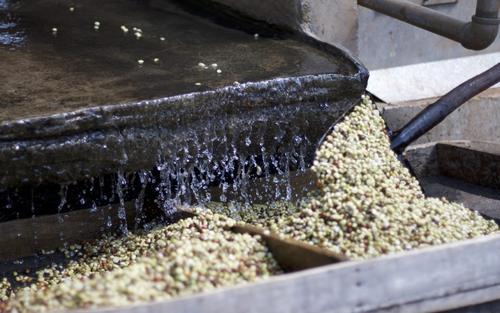
Sakuran in Sidamo production area generally uses African scaffolding to dry, limiting the thickness of the fruit layer and turning it at regular intervals for 24 hours. Buku Abel Manor has a unique natural environment for low-temperature fermentation. In the harvest and treatment season (December-January), its unique growth environment and natural climate created the unique flavor of Huakui. Coffee farmers do not start sun treatment until the sugar content of the red fruits picked is more than 30. In the first two days of the sun, it is necessary to ensure the humidity of the red fruit so that its fructose fully begins to ferment. At the same time, the high-altitude geographical location, so that the night temperature of the treatment plant can be reduced to about 12 degrees Celsius, and will not produce the smell of excessive fermentation because the temperature is too high. When the temperature is relatively high at noon, we will cover in time to prevent sunburn of red fruit. Sun-treated Sakuran has rich and enchanting floral aromas, mellow red wine and tropical fruit flavors and slightly bright sweet and sour fruit juices.
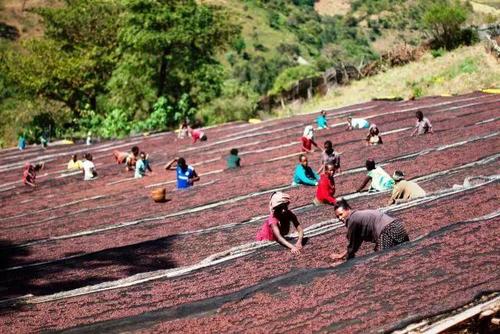
Next, two representative coffees are brewed on the front street, from fruit Tintin washed by Yega Chuefei and Sakuran 4.0 treated by the sun in Sidamo.
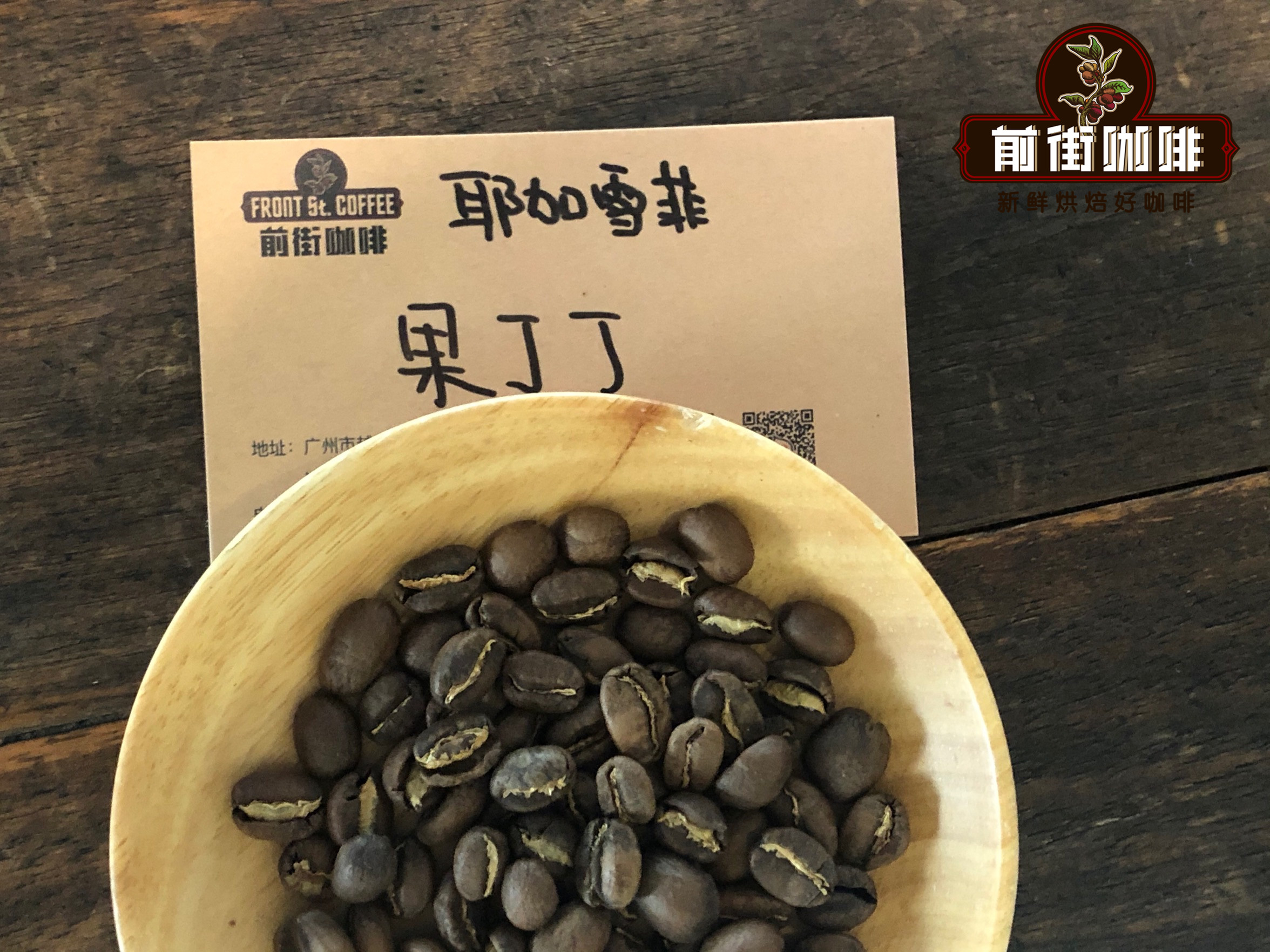
Qianjie Coffee Yega Xuefei Fruit Tintin Cooperative
Producing area: Yega Xuefei Gedeo Zone
Altitude of producing area: 1900-2300m
Variety: original species (Heirloom)
Treatment: washing
Grade: G1
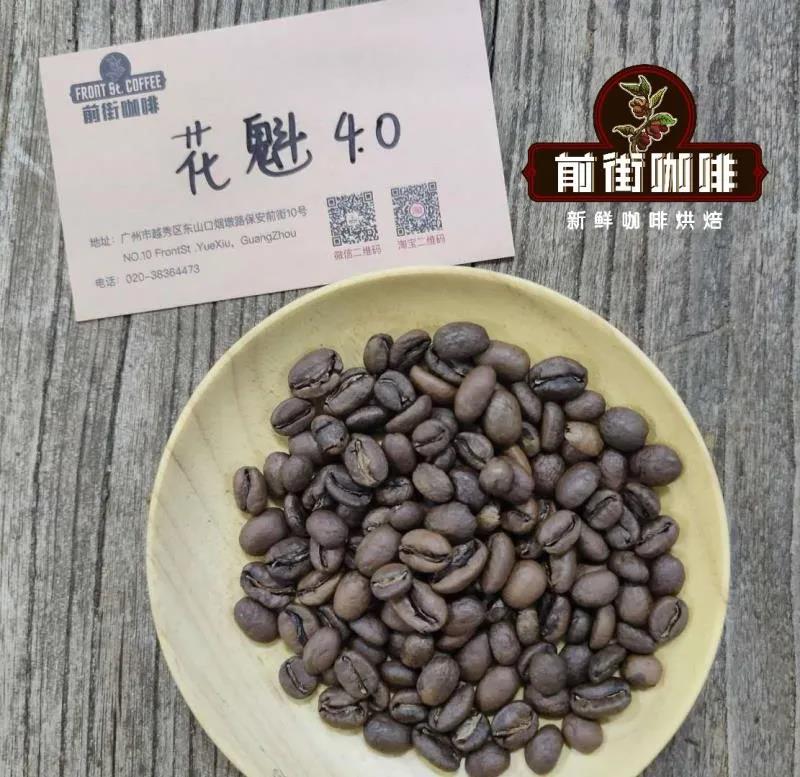
Qianjie Coffee Sidamo Sakuran 4.0
Producing area: Sidamo, Ethiopia
Altitude of producing area: 2250-2350m
Variety: original species (Heirloom)
Treatment: insolation
Temperature of boiling water
For coffee beans with different roasting degrees, the water temperature will also be adjusted. The recommended temperature for brewing coffee in front of the street is between 86 and 93 ℃. Deep-baked beans in Qianjie suggest a lower water temperature, between 86-88 ℃. Because deep-baked beans are loose, high water absorption efficiency and easy to extract, if the water temperature is too high, it is easy to produce bitter and scorched taste. The suggestion of cooking shallow baked beans is 90-93 ℃. The aroma and acid (flower and fruit acid) of shallow baked beans can be extracted with higher water temperature, because the quality of shallow baked beans is hard, increasing water temperature can increase the extraction efficiency of coffee powder and avoid unpleasant flavors such as acidity. Medium baking can choose 88-90 ℃. This time, two kinds of Ethiopian beans from Qianjie were boiled at a water temperature of 91-92 degrees.
Qianjie coffee brewing parameters
Filter cup: HARIO V60
Water temperature: 90ml, 91 degrees.
Degree of grinding: BG#6m (size of fine sugar)
Ratio of powder to water: 1:15
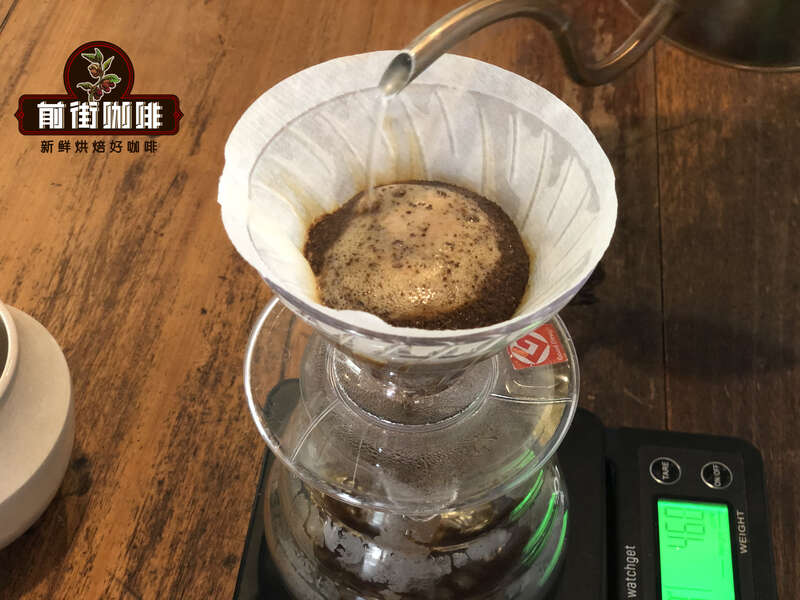
Qianjie cooking technique: the first section is filled with 30 grams of water for 30 seconds, followed by 95 grams (the electronic scale shows that about 125 grams), and the injection is completed in about 1 minute. When the water level drops to 2 grams in the powder layer, the remaining 100 grams are injected at 3 places (about 225 grams shown by the electronic scale), about 1 minute and 40 seconds. 1: 55 "~ 2: 00" titration is completed, remove the filter cup, and complete the extraction.
Yega Xuefei fruit dingding flavor: the entrance has bright acidity of citrus, full feeling of berry juice and obvious feeling of oolong tea.
Sidamo Sakuran 4.0 floral flavor: light floral aroma, citrus acidity, full berry juice, sweet raisins.
Important Notice :
前街咖啡 FrontStreet Coffee has moved to new addredd:
FrontStreet Coffee Address: 315,Donghua East Road,GuangZhou
Tel:020 38364473
- Prev
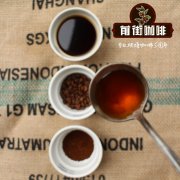
How to regulate the grinding degree of the French kettle? What will happen to the fine grinding flavor of the French kettle?
The French filter pot is one of the simplest and lowest-cost coffee brewing methods. Even beginners can quickly make a decent cup of coffee. But what happens if you adjust the grinding thickness of the powder when brewing this decent cup of coffee? This may be against our perception, but in this article we will see whether the fine grinding of the punch kettle is feasible in the end. No.
- Next
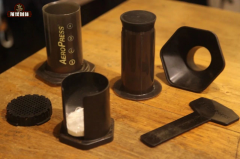
Which is better, the Philharmonic press or the French kettle? How to use the Love Press- method to press the pot to make coffee?
If asked about the difference between Qianjie Ailo pressure and French pressure kettle, it is a high concentration of coffee extracted by a small amount of hot water through pressure extraction, which tastes mellow and clean. On the other hand, the pressing pot is in a pressure-free state, which belongs to a step of filtering coffee grounds. Because it is easy to operate and can drink complete coffee flavor, Qianjie's suggestions for many coffee rookies are all from the use of legal pressure.
Related
- Beginners will see the "Coffee pull flower" guide!
- What is the difference between ice blog purified milk and ordinary milk coffee?
- Why is the Philippines the largest producer of crops in Liberia?
- For coffee extraction, should the fine powder be retained?
- How does extracted espresso fill pressed powder? How much strength does it take to press the powder?
- How to make jasmine cold extract coffee? Is the jasmine + latte good?
- Will this little toy really make the coffee taste better? How does Lily Drip affect coffee extraction?
- Will the action of slapping the filter cup also affect coffee extraction?
- What's the difference between powder-to-water ratio and powder-to-liquid ratio?
- What is the Ethiopian local species? What does it have to do with Heirloom native species?

